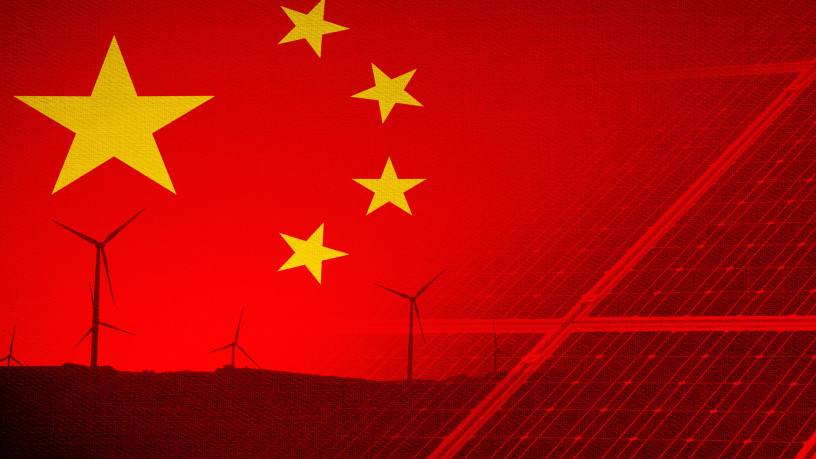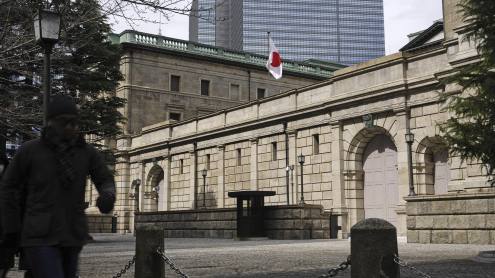China now produces the most greenhouse gasses in the world, with its coal-power plants alone contributing 12% of global emissions. And while news media seems to be dominated by stories of fossil fuel expansion, huge changes are already underway within the country.
On transport, for example, China already has by far the world’s largest high-speed rail network (with a fabulously smooth ride compared to its European peers), and is the world’s largest market for electric vehicles, with state policy aggressively geared to the industry’s growth. Massive sums are being invested in electric charging networks, and car companies in the country have long abandoned research spending on the internal combustion engine. Of course, this is not just about clean air; not having to import oil through the Straits of Malacca will remove a major geopolitical anxiety — not to mention the current account benefits.
But there is a lot more afoot. Take these 12 measures: first, coal is now on the out. In January, the Chinese State Council released an inquiry into the National Energy Administration’s (NEA) approval of provincial coal-fired power stations during last year’s massive Covid stimulus programme. The report severely criticised the NEA, recommended the dismantling of many of the coal-fired power stations under construction, and said that NEA leaders had “failed to follow Xi Jinping’s thought” in approving coal. The NEA now aims to increase renewables to account for 20% of electricity generation by 2025.
International coal financing has also stopped. Data shows that China did not finance any coal projects via its Belt and Road Initiative 2020 or in the first half of 2021. Although no formal announcement has yet been made, this appears to be a new normal.
Further, a new supra-ministerial climate office is to be set up to drive national policy. The government has set up a new “central leading group” to coordinate efforts on climate change policy, sitting above all national ministries (including the powerful National Development and Reform Commission (NDRC)). The group will have a cross-cutting mandate to drive green finance and climate change policy.
The NDRC has been given the job of leading carbon-neutrality targets for China, and is working on a 2030 carbon emission peaking action plan, setting decarbonisation targets and pathways for each sector of the economy. This will detail tough action to be taken.
Another important point is about China’s central bank, which now evaluates banks on their green bond holdings and green lending. On June 9, the People’s Bank of China (PBOC) issued a new ‘Green Finance Performance Evaluation Programme’ for Chinese banks, requiring evaluation of green bond holdings alongside green lending. This is expected to significantly increase Chinese banks’ appetite as green bond investors and give a boost to the domestic green bond market.
On June 9, the People’s Bank of China issued a new ‘Green Finance Performance Evaluation Programme’ for Chinese banks
Banks can also access discounted capital for green lending. In July 2021, the PBOC also announced a new discounted green relending facility to boost green project financing. Banks can get wholesale funds at between 1% and 2%, compared to the 6–7% market rate — a significant haircut.
Earlier in the year, on April 21, three regulators (PBOC, China Securities Regulatory Commission and NDRC) jointly confirmed an updated ‘green projects catalogue’ to govern the Chinese green bond market. A key change was the exclusion of fossil-fuel based electricity generation, bringing it in line with EU and Asean definitions of green investments. China also confirmed it is working with the EU on a ‘common ground’ taxonomy to be published in the autumn.
The green bonds market is certainly booming. At the Climate Bonds Initiative, we expect to see a doubling of China’s labeled green bond market by the end of the year, from $35bn issued in 2020 to between $60bn and $70bn.
We have also seen that local governments are being made responsible for emission reductions. Local governments will now have their efforts to achieve China’s emission reduction goals assessed by the powerful ‘inspectors’, made up of central party officials. So far, eight provinces and the NEA have been openly reprimanded this year for the perceived lack of action.
China also launched the world’s largest emission trading scheme this year, which began trading in July. Launched by the Ministry of Ecology and Environment, it creates further incentives for Chinese industries to decarbonise.
And there are plans for mandatory environmental disclosure for corporates and financial institutions, with the PBOC already issuing guidelines and announcing it will soon introduce required regulation.
In addition, the government has announced that the reporting of greenhouse gas emissions will be mandatory under national requirements for project environmental impact assessments. This is a major move to get high-emitting sectors to disclose climate impacts.
The supertanker is turning. Business needs to prepare for the impact.
Sean Kidney is CEO of the Climate Bonds Initiative.













